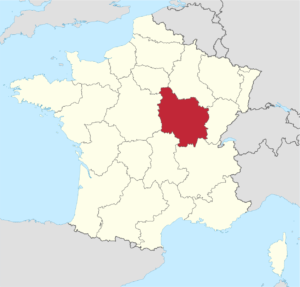BURGUNDY

Location
Burgundy (French: Bourgogne or vin de Bourgogne) is made in the eastern part of France, in the valleys and slopes west of the Saône River (a tributary of the Rhône).
The region runs from Auxerre in the north to Mâcon in the south (including the Beaujolais area if considered part of Burgundy).
Notable subregions include Chablis (known for its Chardonnay wines), Côte de Nuits, Côte de Beaune, Côte Chalonnaise, and Mâconnais.
Grape Variety:
Chardonnay: Used for the region’s white wines.
Pinot Noir: The thin-skinned grape responsible for the renowned red wines.
Other grape varieties include Gamay (found in Beaujolais) and Aligoté (used for white wines).
Climate:
The region’s climate varies, but it generally has a continental climate with cool temperatures.
Burgundy’s unique terroir contributes to the distinct character of its wines.
History:
The practice of delineating vineyards by their terroir dates back to medieval times.
Monasteries played a key role in developing the Burgundy wine industry.
The region has more appellations d’origine contrôlée (AOCs) than any other French region.
Famous Wines:
Red Burgundies: Made from Pinot Noir, these wines are relatively light in color and low in tannins.
White Burgundies: Primarily produced from Chardonnay and sometimes Aligoté grapes.
Chablis (Chardonnay-dominated) and Beaujolais (Gamay-dominated) are part of Burgundy but have their own names